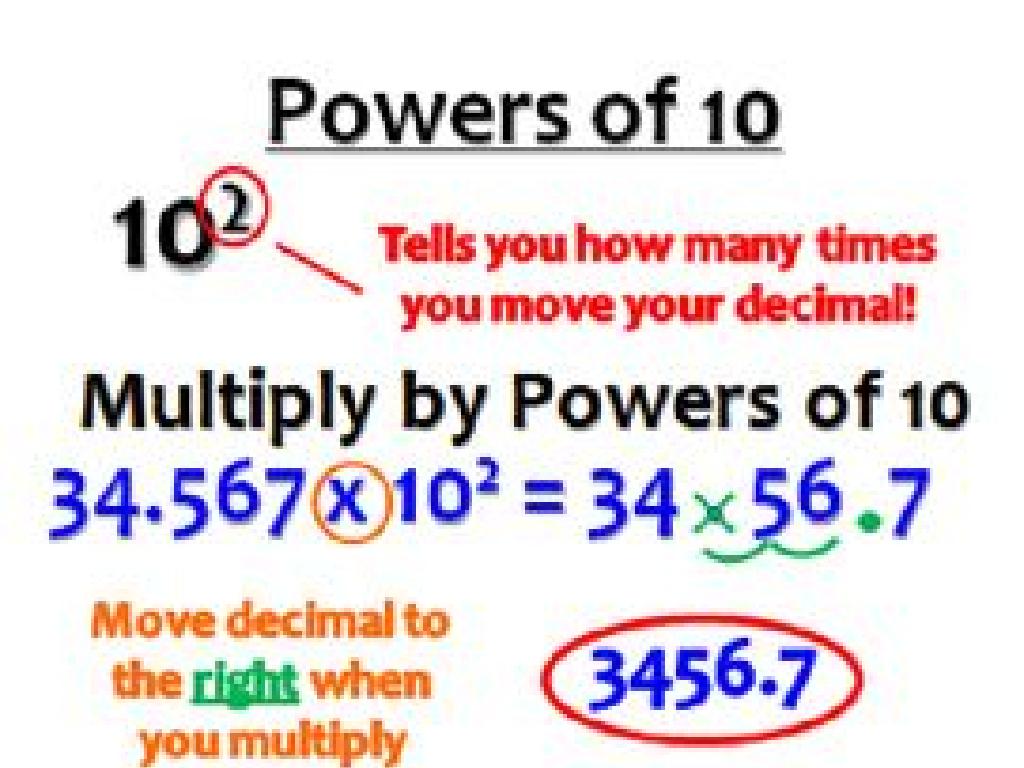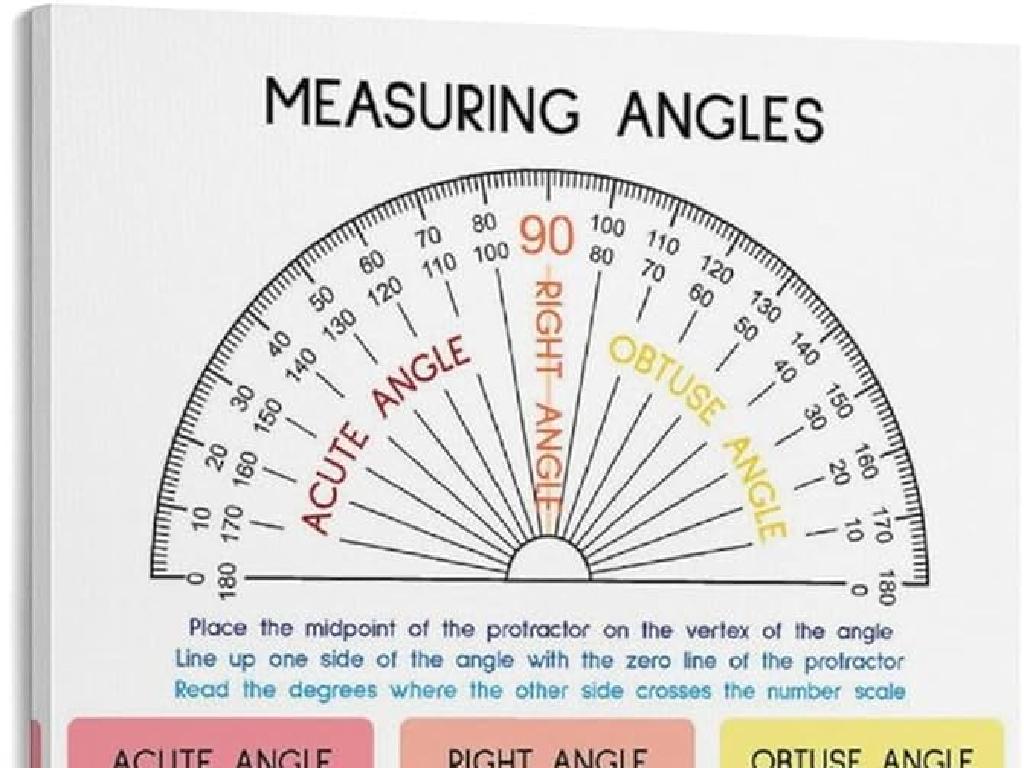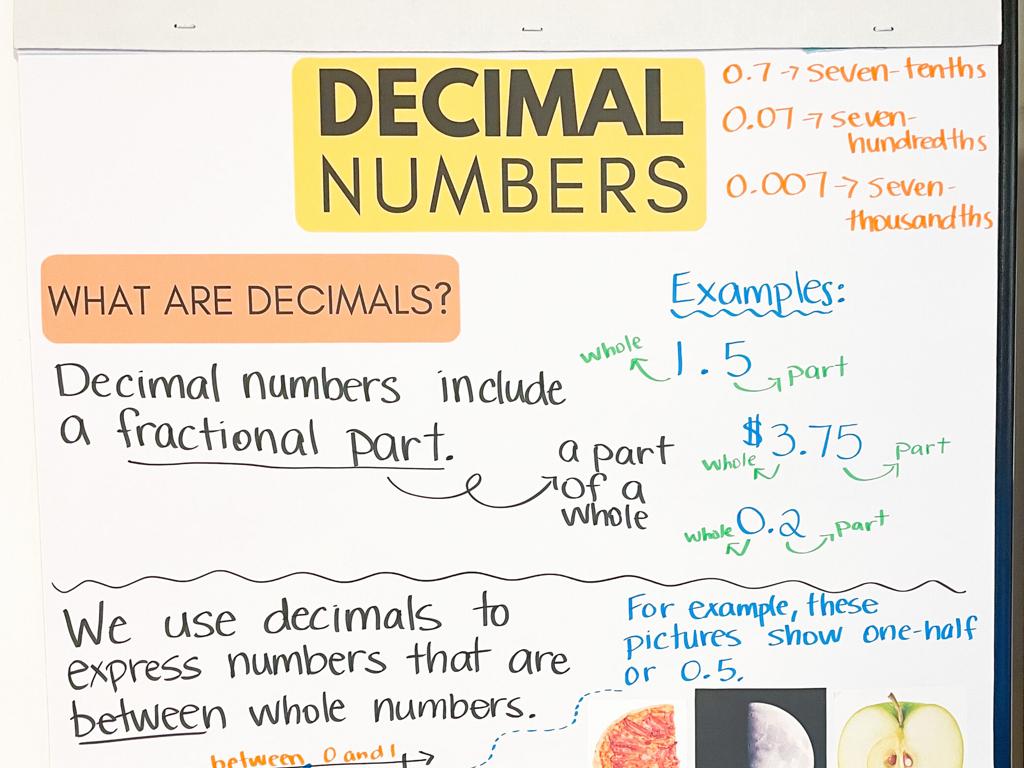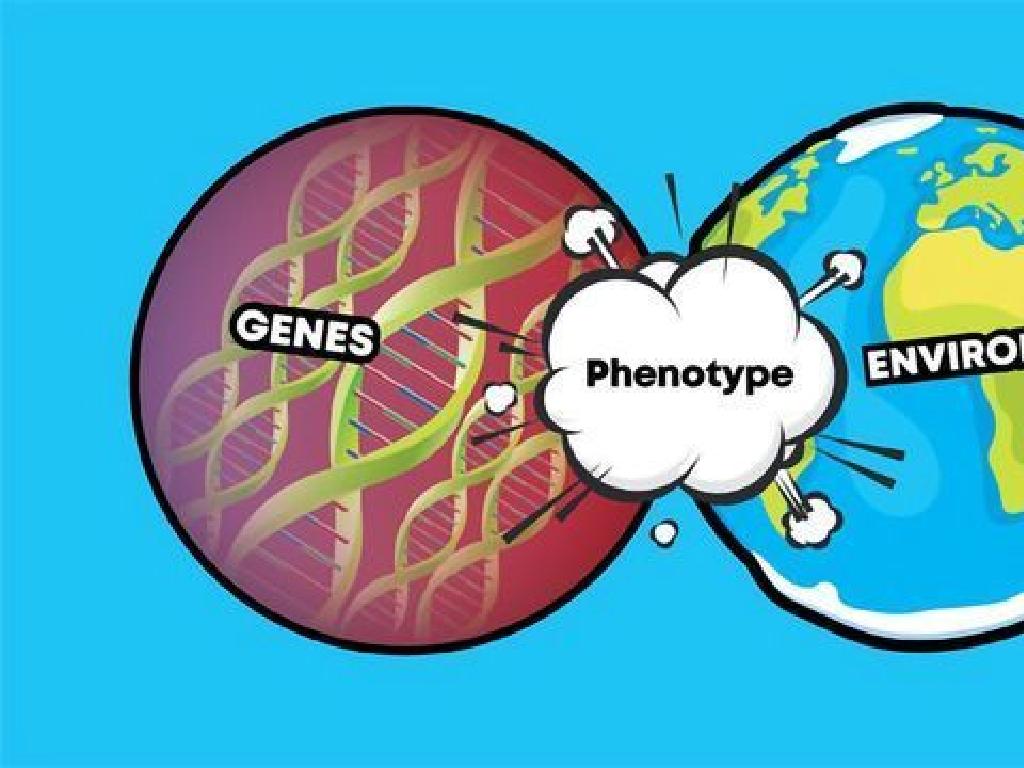Use Relative Adverbs
Subject: Language arts
Grade: Fourth grade
Topic: Adjectives And Adverbs
Please LOG IN to download the presentation. Access is available to registered users only.
View More Content
Diving into Relative Adverbs
– Recap adjectives and adverbs
– Adjectives describe nouns, adverbs describe verbs
– Their role in sentences
– They add detail to sentences, making them more interesting
– Today’s focus: Relative Adverbs
– Relative adverbs link parts of a sentence together
– Understanding ‘when’, ‘where’, ‘why’
– These adverbs relate to time, place, and reason
|
Begin with a brief review of adjectives and adverbs, highlighting that adjectives describe nouns (e.g., ‘big’, ‘blue’, ‘shiny’) and adverbs typically modify verbs (e.g., ‘quickly’, ‘silently’, ‘well’). Emphasize their importance in providing more detail and color to sentences. Transition to the main topic, relative adverbs, which are used to connect clauses and give more information about the time (‘when’), place (‘where’), and reason (‘why’) of the action. Provide examples like ‘I remember the day when it snowed.’ (time), ‘This is the place where we met.’ (place), and ‘I don’t know the reason why he left.’ (reason). Encourage students to think of their own sentences using relative adverbs.
Exploring Relative Adverbs
– What are relative adverbs?
– Words that describe ‘when’, ‘where’, or ‘why’ something happened
– Examples: when, where, why
– ‘When’ refers to time, ‘where’ to place, ‘why’ to reason
– Connecting sentences with relative adverbs
– They link details to the rest of the sentence
– Practice using relative adverbs
– Let’s use them in our own sentences!
|
This slide introduces the concept of relative adverbs to the students, explaining that they are special words used to connect pieces of information within a sentence. The relative adverbs ‘when’, ‘where’, and ‘why’ are highlighted as the key terms for this lesson. Students will learn how these adverbs function to link a reason, time, or place to the action or subject of a sentence. To reinforce this concept, students will be asked to practice creating sentences using each of the relative adverbs. Encourage them to think about events in their lives they can describe using ‘when’, ‘where’, and ‘why’ to make the activity more engaging and relatable.
Using ‘When’ in Sentences
– ‘When’ as a relative adverb
– ‘When’ tells us the time something happened
– Example: Remembering a zoo visit
– ‘I remember the day when we went to the zoo.’
– Write about a special day using ‘when’
– Think of a birthday or holiday and describe it
|
This slide introduces the relative adverb ‘when’ and its usage in sentences to describe the timing of an event. Start by explaining that ‘when’ is used to connect a clause to a noun or pronoun, giving more information about time. Use the example provided to show how ‘when’ gives details about the day being remembered. For the activity, guide students to think of a special day in their lives, such as a birthday, holiday, or any memorable event, and write a sentence using ‘when’ to describe it. Encourage creativity and sharing among students to build their confidence in using relative adverbs. Provide feedback and additional examples to ensure understanding.
Exploring ‘Where’ as a Relative Adverb
– ‘Where’ connects a place to a clause
– It relates to ‘place’ and adds details about it
– Example: ‘This is the place where I found the lost puppy.’
– ‘Where’ tells us the exact location of the action in the sentence
– Activity: Describe a favorite place using ‘where’
– Think of a place you love and tell us why using ‘where’
|
This slide introduces the relative adverb ‘where’ and its function in a sentence to describe a place. Start by explaining that ‘where’ is used to connect a clause to a noun that indicates a place. Use the example provided to show how ‘where’ gives more information about the location. For the activity, encourage students to think of their favorite place and describe it using a sentence with ‘where’, focusing on why it’s special to them. This will help them understand how ‘where’ can add meaningful details to a sentence. The activity will also allow students to practice their descriptive skills and share personal experiences with the class.
Exploring ‘Why’ in Sentences
– ‘Why’ as a relative adverb
– ‘Why’ gives reasons in sentences
– Examples of ‘why’ in questions
– ‘Why was she late?’ asks for a reason
– Write about your favorite food
– Think about why you love pizza or ice cream!
– Share reasons with the class
– We’ll discuss as a group why we like certain foods
|
This slide introduces the relative adverb ‘why’ and its function in providing reasons in sentences. Start by explaining that ‘why’ is used to ask about reasons or causes. Provide the example ‘Do you know the reason why she was late?’ to illustrate its use in a question. For the activity, instruct students to write a sentence about why they like their favorite food, which will help them practice using ‘why’ in a familiar context. Encourage creativity and personal expression. In the next class, students will have the opportunity to share their sentences and discuss the various reasons for their preferences, fostering a collaborative learning environment.
Practice Time: Mastering Relative Adverbs
– Fill in the blanks with relative adverbs
– Create sentences with ‘when’, ‘where’, ‘why’
– Think about events (when), locations (where), and reasons (why)
– Pair up and share your sentences
– Discuss the use of each relative adverb
– Understand how ‘when’, ‘where’, ‘why’ connect information
|
This slide is designed for an interactive class activity to practice the use of relative adverbs. Students will begin by completing sentences with the correct relative adverbs, reinforcing their understanding of ‘when’, ‘where’, and ‘why’. Next, they will create their own sentences using these adverbs, which will help them apply their knowledge creatively. Pairing up allows students to collaborate and learn from each other, while sharing their sentences helps build confidence in their use of language. The discussion at the end will solidify their understanding of how relative adverbs function to connect parts of a sentence by referring to time, place, and reason.
Class Activity: Scavenger Hunt with Relative Adverbs
– Explore the classroom on a scavenger hunt
– Find items or spots and describe them
– Use ‘when’, ‘where’, ‘why’ in descriptions
– Example: Describe when an old object was used
– An old globe: ‘This might have been used when people first learned about continents.’
|
This activity is designed to help students understand and use relative adverbs in a fun and interactive way. Set up a scavenger hunt where students must find objects or specific locations in the classroom and then describe them using relative adverbs ‘when’, ‘where’, or ‘why’. For example, they might find an old book and describe when it was likely read, or a map to explain where it might be used. This encourages them to think about the function and history of items, as well as how to use relative adverbs in context. Possible variations of the activity could include finding something that makes noise and describing why it does, or locating a window and explaining where it looks out to. The goal is for students to practice using relative adverbs in sentences that they create based on their observations.
Wrapping Up: Relative Adverbs
– Review importance of relative adverbs
– They connect sentences and give more info
– Homework: Craft a short story
– Use your imagination and include relative adverbs
– Underline all relative adverbs used
– Show how you’ve used ‘where’, ‘when’, ‘why’, etc.
– Get ready to share your story
|
As we conclude, remind students of the role relative adverbs play in connecting parts of a sentence and providing additional information. For homework, students should write a short story, integrating relative adverbs to enhance their writing. They should underline each relative adverb used to demonstrate their understanding. In the next class, students will have the opportunity to share their stories, which will help reinforce their knowledge and allow them to learn from each other’s use of language. Encourage creativity and the use of ‘where’, ‘when’, ‘why’, ‘whenever’, and ‘wherever’ to describe actions and scenes in their stories.






